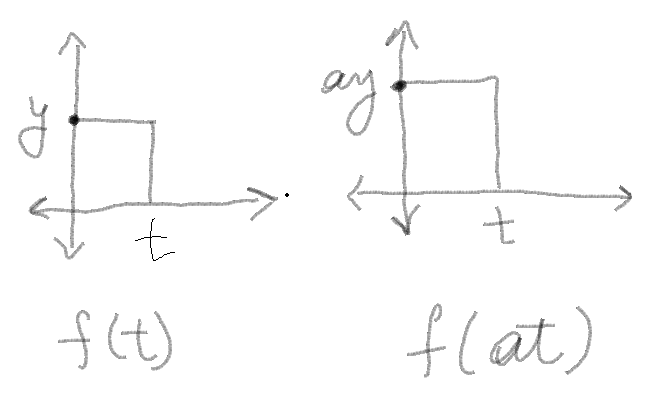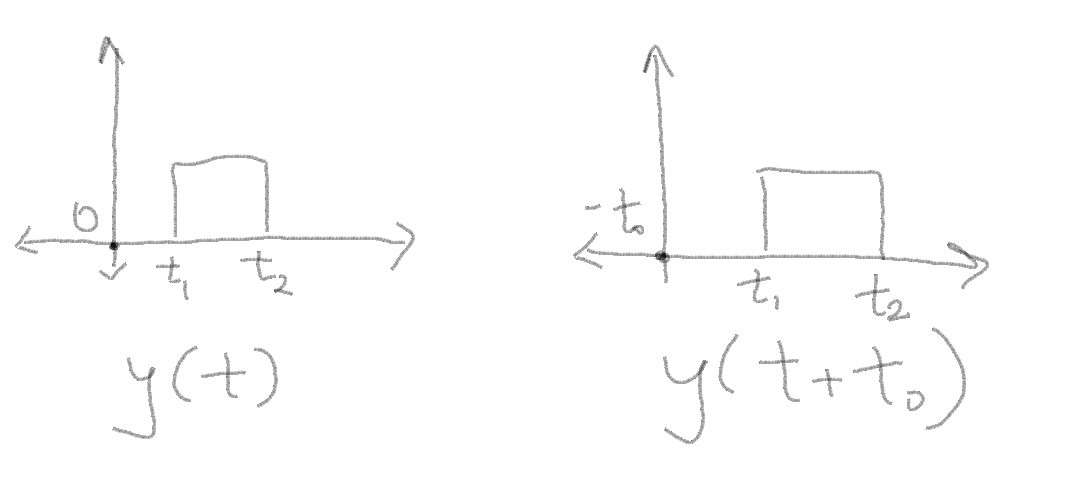| Line 2: | Line 2: | ||
1. Time delay- In simple terms you are shifting the original signal by a factor. For eg. | 1. Time delay- In simple terms you are shifting the original signal by a factor. For eg. | ||
[[File:Graph1.1.PNG|Time shift example]] | [[File:Graph1.1.PNG|Time shift example]] | ||
| + | |||
| + | In this example as you can see, a simple way of understanding time shift/delay is by looking at how the graph changes when you want a shift in the signal. | ||
| + | |||
| + | 2. Time scaling- In simple terms you are shifting the height/width of the graph of a signal. | ||
| + | [[File:Graph1.2.PNG|amplitude scaling graph example]] | ||
Revision as of 19:45, 1 December 2018
Time dependent changes-
1. Time delay- In simple terms you are shifting the original signal by a factor. For eg.
In this example as you can see, a simple way of understanding time shift/delay is by looking at how the graph changes when you want a shift in the signal.
2. Time scaling- In simple terms you are shifting the height/width of the graph of a signal.



